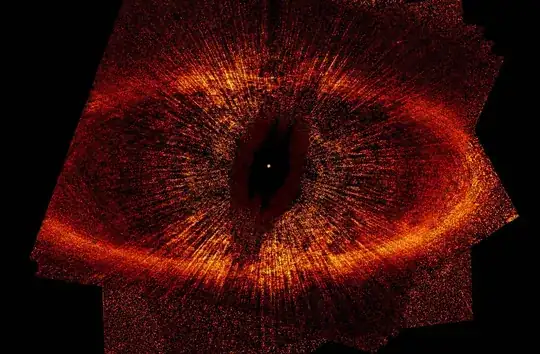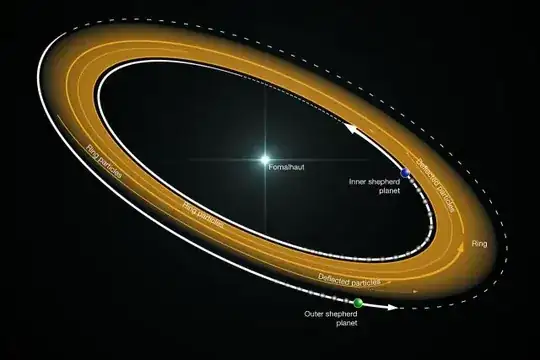Primary question
What is going on with the atmosphere that the world is so gloomy and dark?
Information
I have had a low-magic fantasy world I have been wanting to solidify for a while now but previously dismissed the idea as too hand-wavey until this answer to a question popped up (the answer basically says: if you only block a lot of human visible light, plants can still live while it looks super glum).
I have looked around but didnt find something already posted that got me where I wanted. I found these ones here, here, and here about dark/hazy worlds.
Here are the criteria that I want to meet on this dark world
Criteria
- The world is always darker than earth, but still has a visible day/night cycle (think full moon versus new moon but a bit brighter).
- It is very cloudy and drizzly but its dimness would (likely) come from a dusty/hazy atmosphere even when it is not overcast.
- The rain is still drinkable with minimal effort even if bitter.
- It needs to be warm enough to rain (above freezing) at least the majority of the year if not all year. Chilly is fine, snow and ice is less fine.
- There is still leafy plant life in addition to more mushroom-eqsue plants
Clarifying Details
I am fine with magic or some magic going into it, but I don't want the world to work entirely "because magic". If only some of the light spectrum is blocked then the world should still be dark while maintaining these characteristics and its plausibility... I think.
What can I do with the atmosphere or world that has at least some science that will mess with a normal range of vision while not having toxic rain and keeping at least slow growing leafy plants?

